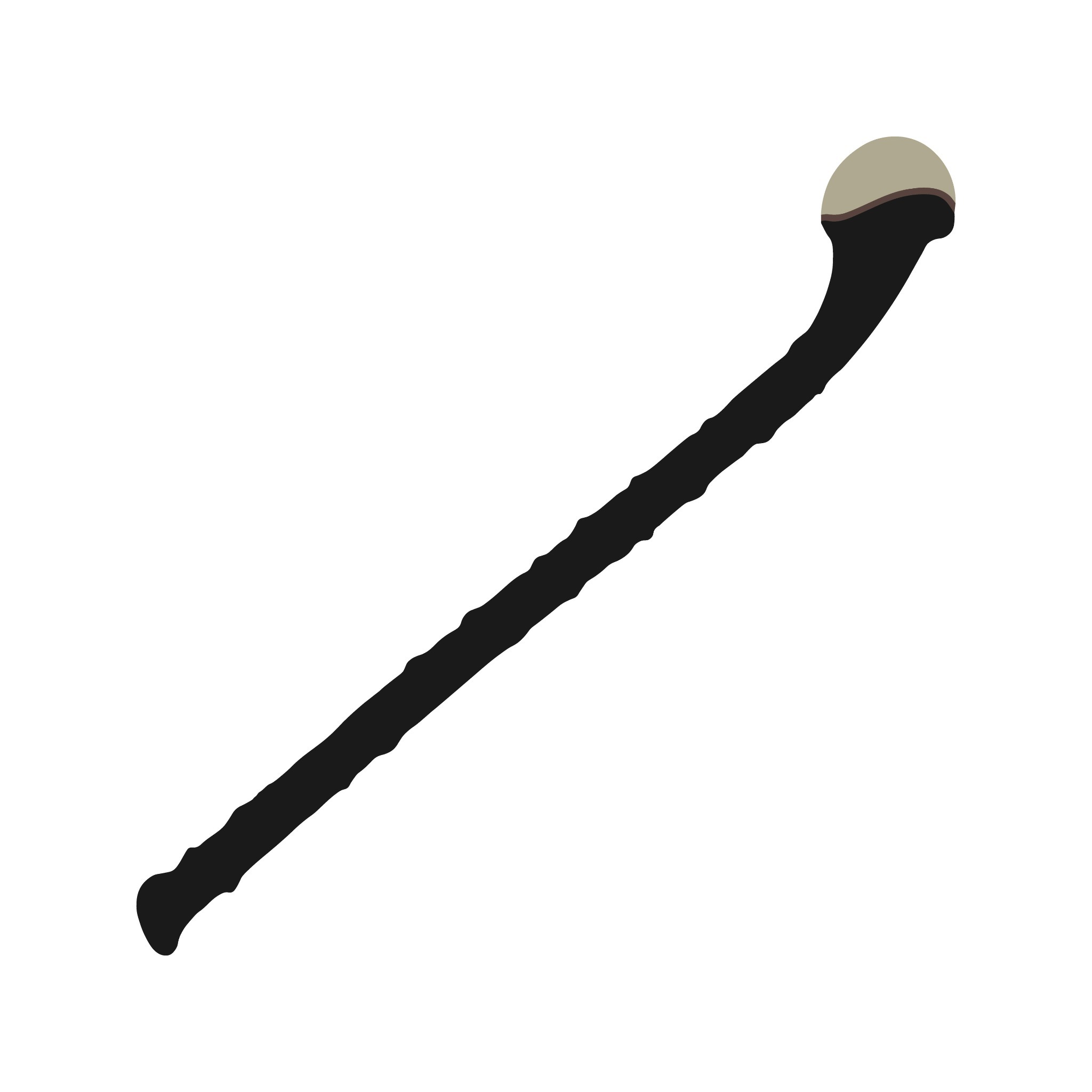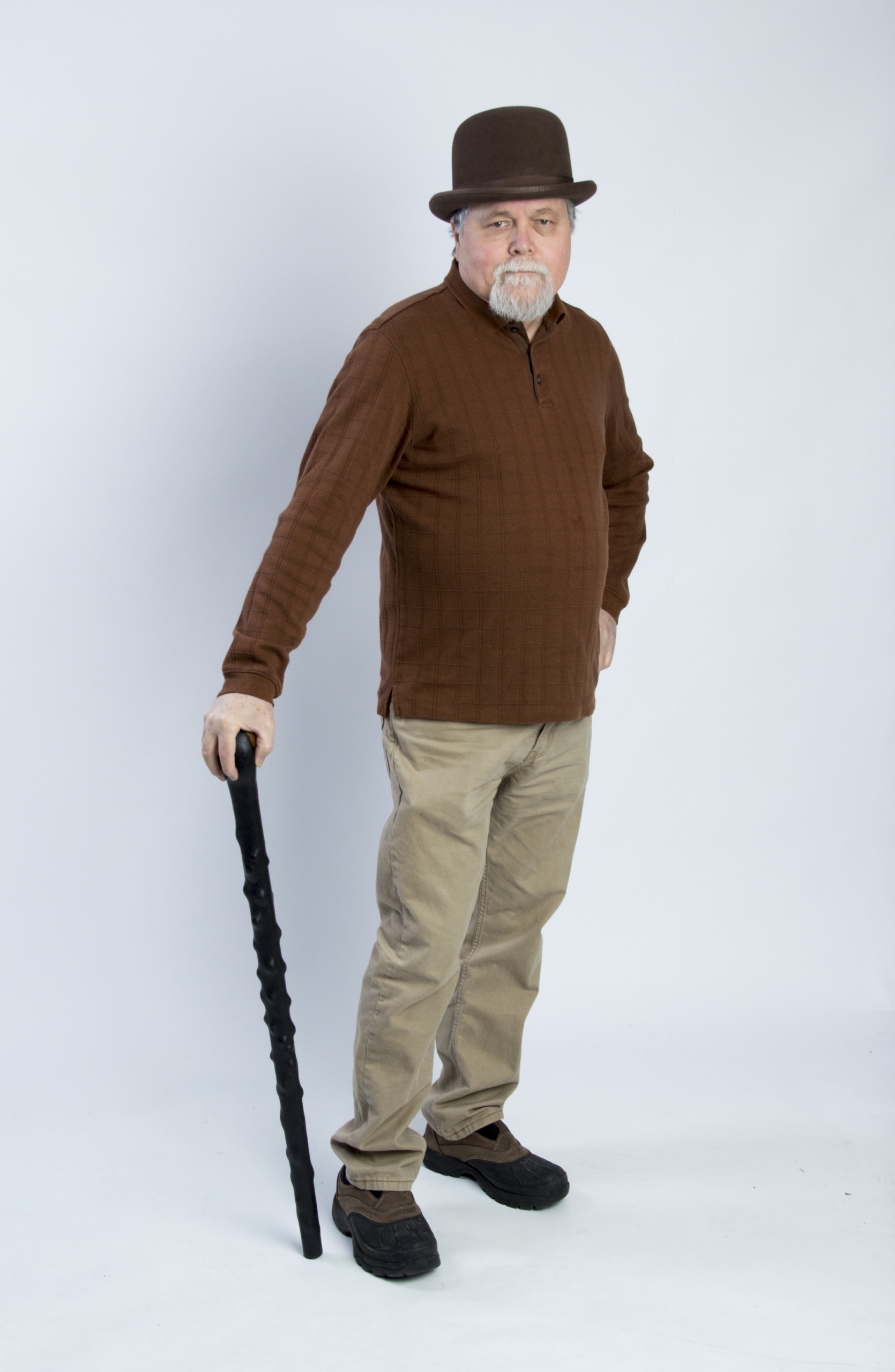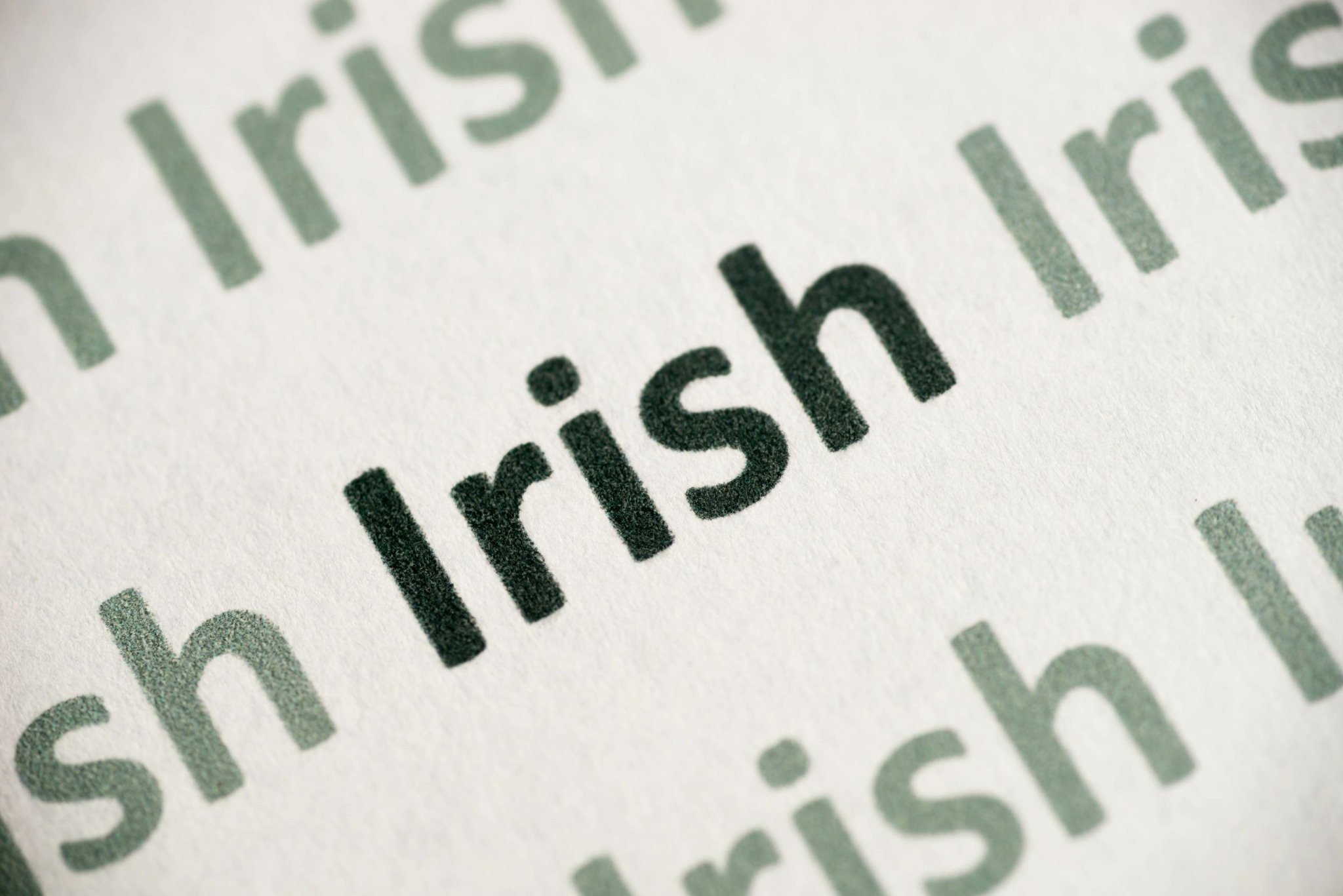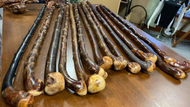What is a Shillelagh and Irish Stick Fighting?
Posted by The Celtic Croft on May 29th 2021
I’ll refrain from telling my off-colored joke about what’s under a kilt and a Shillelagh. What in the world is a Shillelagh? It’s an Irish fighting stick.
Shillelagh comes from the words sail éille, translated into English means thonged willow-stick. In Irish, it translates to “descendants of Éalach,” and the Gaelic know a shillelagh as a bata or fighting stick.
Shillelaghs are a popular gift store item in Ireland. They complete your traditional styles of Gaelic wear with your clothes and accessories from The Celtic Croft.
The Shillelagh Origin Story
So how do you pronounce Shillelagh? It rhymes with ukulele and consists of three syllables: shill-lay-lee.
The Shillelagh is said to come from the village of Shillelagh in County Wicklow, which was abundant with oak trees. In essence, a Shillelagh is a thick, knotty walking stick or cane made from Blackthorn or oak. The Irish fighting stick has a leather wrist strap.
Making Of A Shillelagh
I was surprised by all that goes into making an authentic Shillelagh. According to Irish Central, a thick knobby stick with the bark intact is slathered in whiskey butter. Then the stick is placed up a chimney or over a fire to be cured, like a piece of meat.
When the stick finishes curing in the smoke, it is buried in dung to keep it moist and prevent cracking. It emerges with a glossy dark surface.
Some will hollow out the hitting end and fill it with heavy molten metal. If made with heavy Blackthorn, there is no need to add weight. These heavier versions are known as preloaded or loaded sticks, respectively.
And lastly, the length of your stick should fit your height. Measuring from the ground up, should be elbow high. The shorter the cane, the more powerful weapon it becomes, referred to as a bata or cudgel.
Use Of A Shillelagh And Shillelagh Law

In the 18th and 19th centuries, Bataireact was the name for a common form of Irish stick fighting. The Shillelagh was the weapon of choice. Think of Shillelagh Law as a safer sword fight and done so for sport during festivities.
But as with any competition, it can take on a more sinister role. Irish factions (similar to gangs) would spar against each other with a more violent style of Bataireacht.
Men would train in secret. The style of fighting was based on fencing originally. But it developed into its style of hitting rather than a slicing motion.
The fights were either between clans or, more often, politically motivated by the factions. The last recorded fight occurred in 1887 at the County Tipperary fair.
Irish Martial Arts
By the 19th century, the sport returned to Bataireacht, and it evolved into martial arts. Fathers passed their knowledge and skills down to their sons. When the boy came of age, the Shillelagh was passed down as a symbol of manhood.
The tradition of handing down the Irish fighting stick to sons as they come of age continues today.
Much like a Sensei, the Maighistir Prionnsa (translation, fencing master) furthers the boys’ training with the Shillelagh. As with martial arts, one must show restraint and practice for the sport.
You might think the stick swings like a club, but that is incorrect. The proper way to use a Shillelagh is to snap it from the wrist and hold it towards the center.
Another form is the Troid de Bata, or “two-stick fight.” The second stick is a defensive shield.
According to ISF Worldwide, the two-stick method was developed by the Doyle family in Ireland. This method of stickhandling was passed down in the family of Doyle and no other. It was their proprietary fighting method.
The two-stick secret is no longer just in the Doyle family. Glen Doyle now teaches the two stick method learned from his father, Gregory Doyle. He teaches other stick defenses to his students as well.
This fighting style of Bataireacht made it to Canada. It became popular in the Newfoundland area, which had many Irish people and settlers. It remains popular in the modern-day era.
The Doyles were the first known people to name their Irish fighting stick. The name Rince an Bhata Uisce Beatha - or Dance of the Whiskey Stick came to existence. And technically, Uisce Beatha translates to "Water of Life," which we know as whiskey, so as not to be confused.
At festivals, boys will try to engage an opponent by dragging their coats behind them. They holler, “Who’ll tread on the tail of my coat?” or “Who’ll say black is the color of my eye?”
The Shillelagh In Verse
As with most Irish things, you can find mention in song. The Explore Blarney Blog points out that “Finnegan’s Wake” was the first use of Shillelagh Law about a fight. And in “The Rocky Road to Dublin,” the singer crafts a shillelagh as a defense against bandits.
Modern Culture

Many college football rivals pass trophies back and forth to the winner each year. For example, Minnesota Gophers and the Wisconsin Badgers trade the Paul Bunyan Ax upon victory. The Notre Dame Fighting Irish and the USC Trojans have exchanged the Jeweled Shillelagh for almost 60 years.
Dungeons and Dragons (D&D) employs a Shillelagh as a spellcaster. It is empowered with nature’s power, and it is magical.
In the popular series from the Star Wars universe, Mandloarian, Bobba Fett reappears. He carries his signature walking stick, which is much the same shape as a Shillelagh. The gaffi, or gaderffii stick, used as a weapon and defense, dates back to Star Wars Episode IV in 1977.
In A New Hope, Luke Skywalker got clobbered in the head with a Shillelagh type of stick by the Sand People.
Today I Learned

Now that you know the origins and uses of an Irish fighting stick, impress your friends with your Celtic knowledge. A good walking stick is not only helpful with balance but can help in self-defense. We hope you will never need to employ it for that purpose.
And as always, check out our authentic Celtic merchandise. You may learn something else new today!

